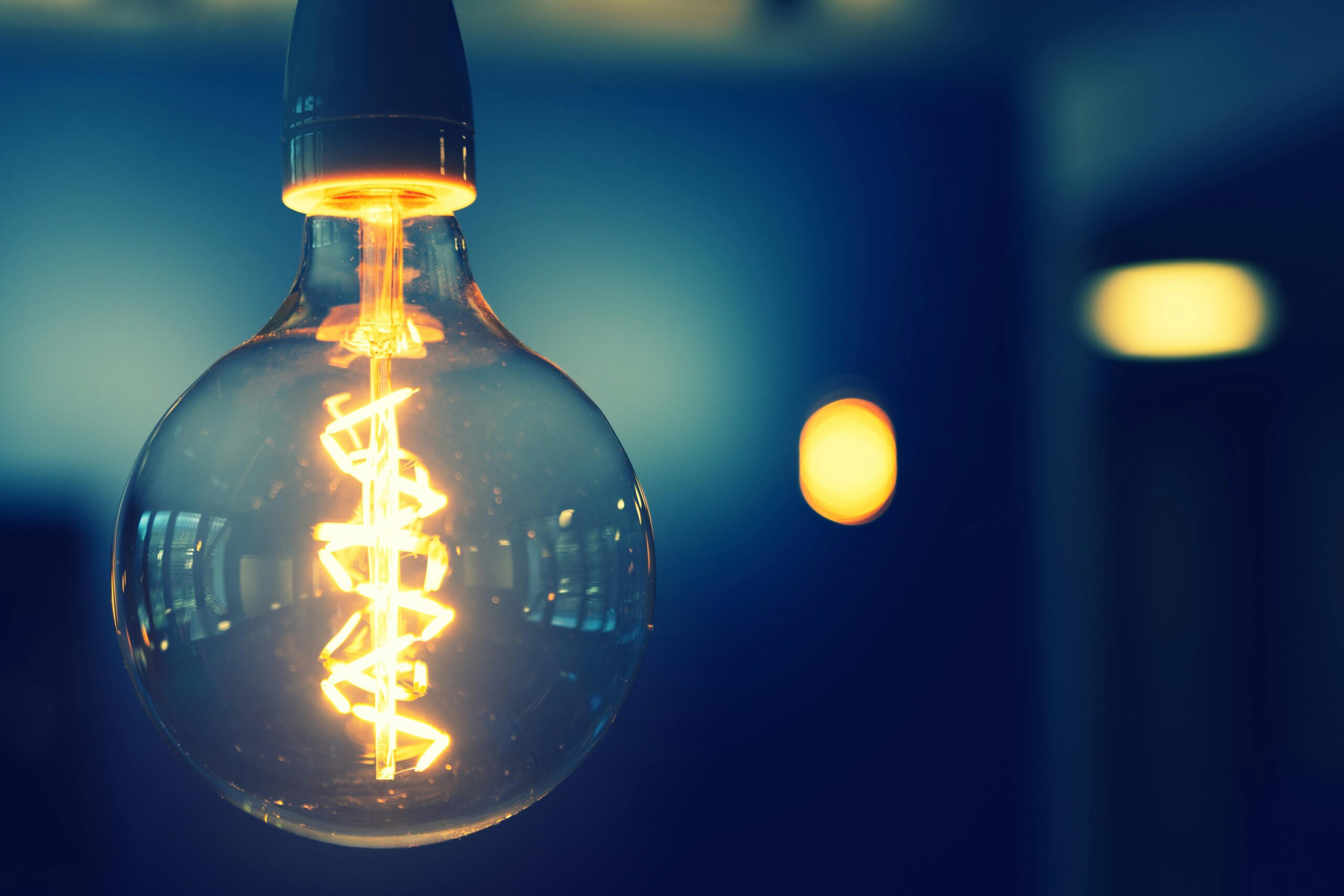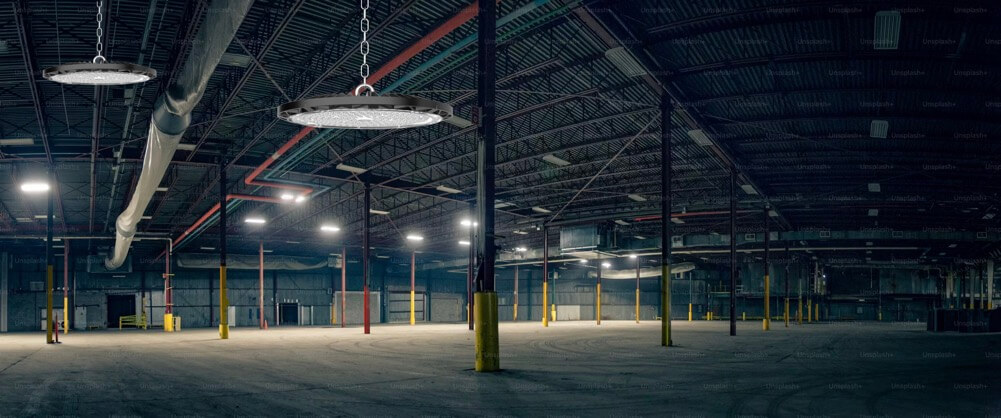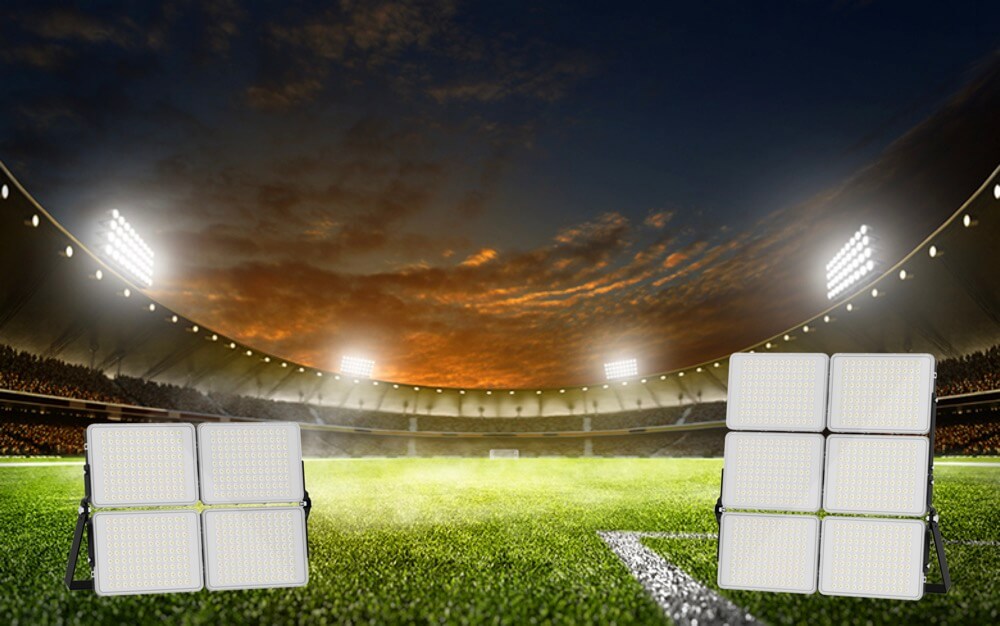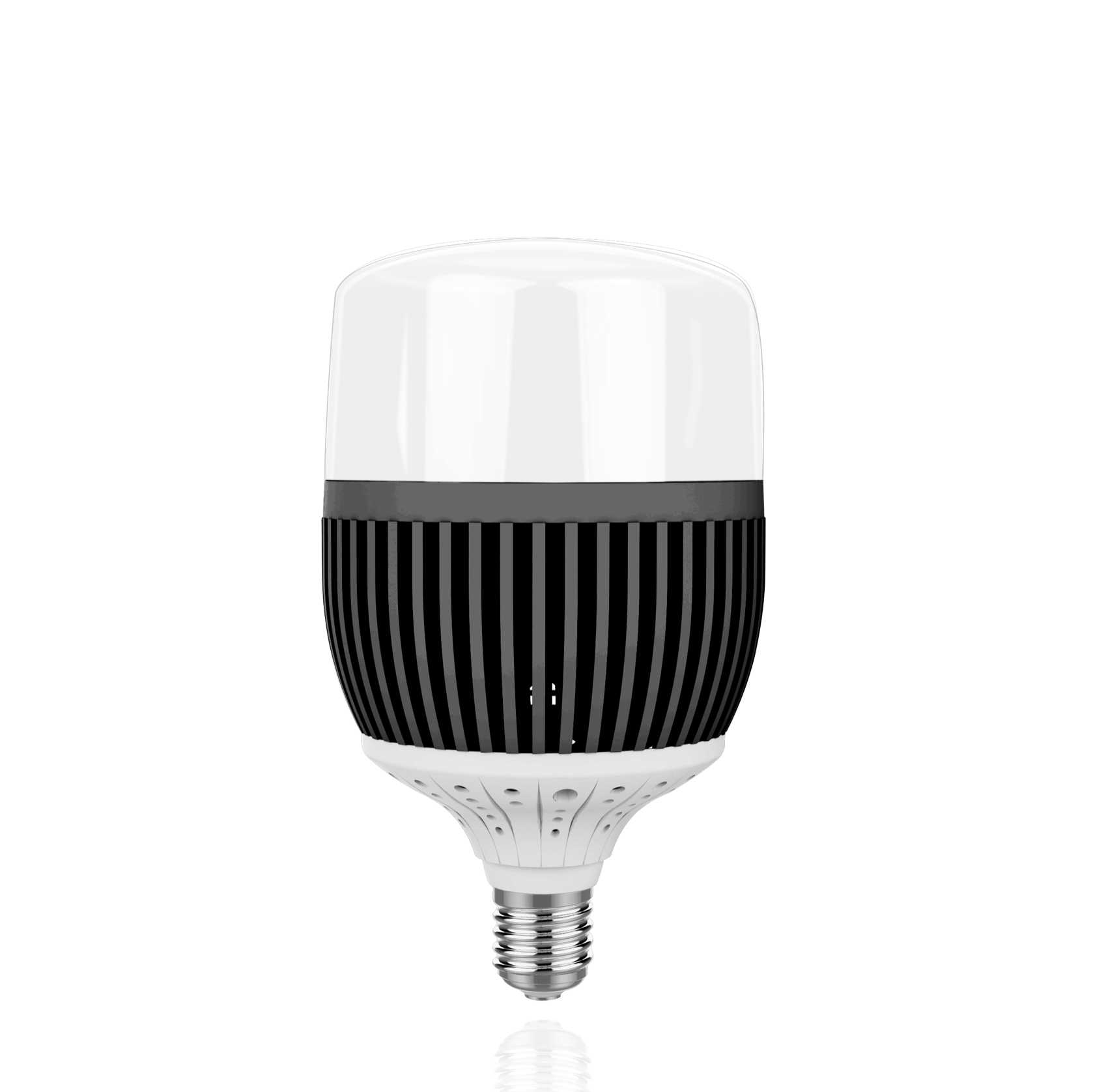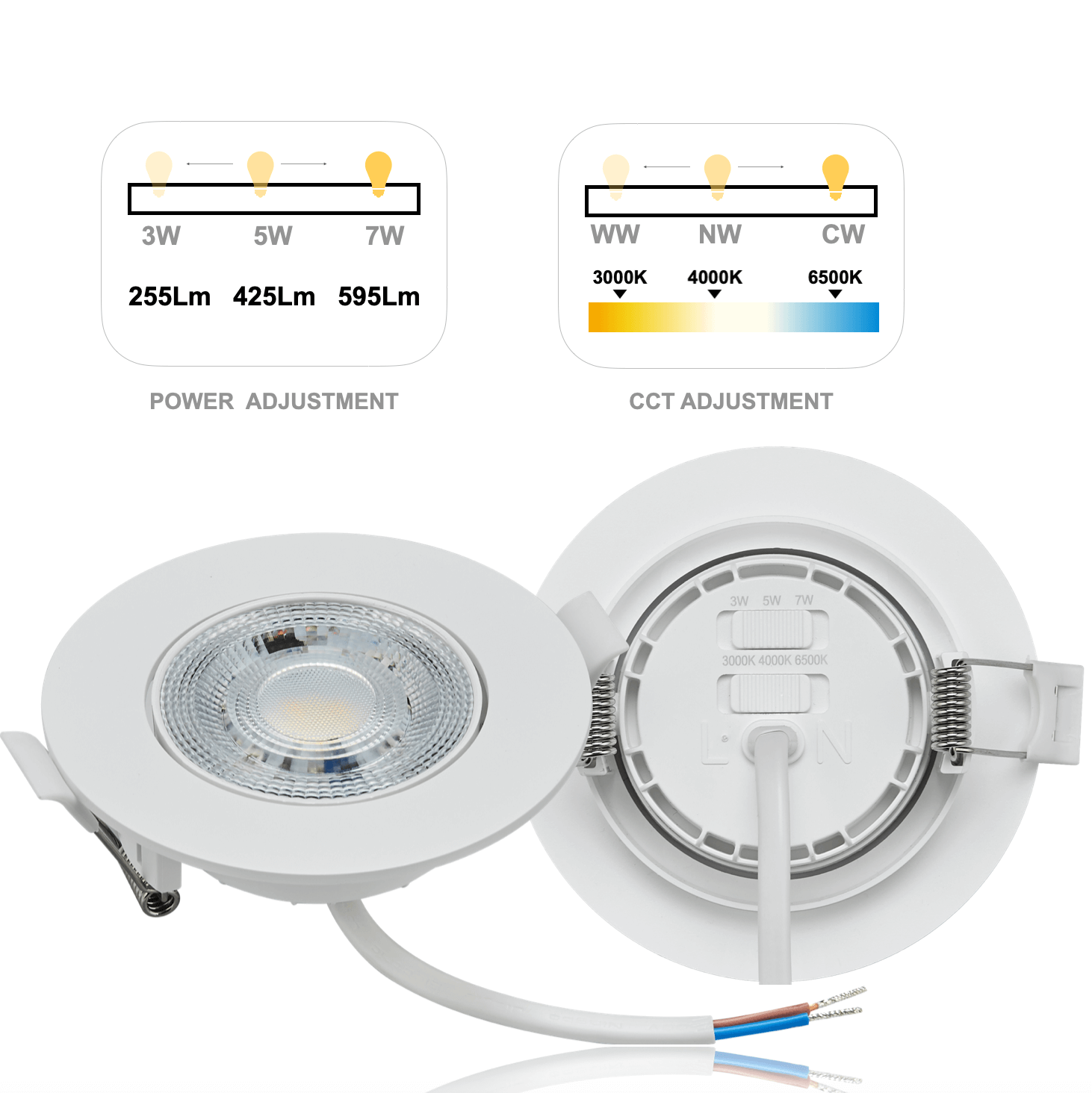As a lighting engineer with over a decade of experience, I’ve witnessed the revolutionary impact of LED technology. The question “How does LED work?” comes up frequently, and understanding its mechanics is crucial for anyone interested in energy-efficient lighting solutions. LEDs transform electrical energy into light through a process called electroluminescence, offering unparalleled efficiency and longevity. Let’s explore the fascinating science behind these tiny light powerhouses. From the basic principle to practical applications, we’ll break down everything you need to know about LED technology and its impact on modern lighting. LED technology represents the most efficient and versatile lighting solution available today, combining energy efficiency with environmental sustainability.
What Makes LEDs Different from Traditional Light Sources?
As an LED industry specialist focusing on semiconductor lighting technology for over a decade, I can tell you that LED operation represents one of the most elegant applications of quantum physics in everyday life. Let me break down how these remarkable devices work in clear, practical terms.
At its core, an LED (Light Emitting Diode) functions through a precisely engineered semiconductor junction. Unlike traditional bulbs that heat up filaments or excite gases, LEDs create light through a process called electroluminescence. This occurs in a microscopic layer between two specialized semiconductor materials – one with an excess of electrons (n-type) and another with a deficit (p-type).
Here’s what happens: As electricity flows through the LED, electrons from the n-type material move toward the p-type material. At the junction between these materials, electrons combine with ‘holes’ (spaces where electrons could be), releasing energy in the form of photons – particles of light. The specific materials used in the semiconductor determine the color of light produced.
LEDs consume up to 90% less energy than traditional incandescent bulbs while lasting up to 25 times longer.
This direct conversion of electricity to light makes LEDs incredibly efficient. According to the U.S. Department of Energy, quality LED products can last 25,000 hours or more – that’s about 25 times longer than traditional incandescent bulbs. During my years working with manufacturers, I’ve observed firsthand how this longevity translates to significant cost savings for businesses and consumers alike.
The semiconductor structure of LEDs also provides unique advantages in design flexibility. Unlike fragile glass bulbs, LED components can be made extremely compact and durable. They generate minimal heat, start instantly, and can be dimmed smoothly – features I regularly highlight to clients seeking energy-efficient lighting solutions.
From a technical perspective, LED efficiency continues improving through advances in semiconductor materials and manufacturing processes. The latest designs achieve luminous efficacy above 150 lumens per watt – compare that to about 16 lumens per watt for traditional incandescent bulbs. This remarkable efficiency explains why LEDs have become the dominant lighting technology across commercial and residential applications.
This foundational understanding of LED operation helps explain their revolutionary impact on lighting technology and energy efficiency. These principles drive the continuous innovation in LED design, leading to ever more efficient and versatile lighting solutions.
How Does the Science of Electroluminescence Create Light?
Having explored the fundamental differences between LEDs and traditional lighting, let’s dive into the fascinating science of electroluminescence – the process that makes LEDs truly revolutionary in the lighting industry.
As a lighting technology specialist with extensive experience in semiconductor applications, I can tell you that electroluminescence represents one of the most elegant examples of quantum physics in action. Think of it as a microscopic light factory where electrons are the workers, and photons are the products they manufacture.
The process begins in the heart of the LED – the semiconductor junction. This junction consists of two specially engineered materials: one rich in electrons (n-type) and another with electron deficiencies called ‘holes’ (p-type). As electrical current flows through this junction, something remarkable happens.
Let me paint you a picture: Imagine electrons as enthusiastic dancers looking for partners at a quantum ballroom. As they move through the semiconductor, they encounter these ‘holes’ – their perfect dance partners. Each time an electron pairs with a hole, they perform a unique dance move that releases energy in the form of a photon (a particle of light).
The electroluminescence process in LEDs achieves nearly 90% efficiency in converting electrical energy to light.
This direct conversion process explains why LEDs are so incredibly efficient. Unlike traditional bulbs that waste energy on heat production, almost all the electrical energy in LEDs goes straight into creating light. To put this in perspective, I’ve created a simple comparison of energy conversion in different lighting technologies:
| Lighting Technology | Energy to Light Conversion | Energy Lost as Heat |
|---|---|---|
| LED (Electroluminescence) | 85-90% | 10-15% |
| Fluorescent | 20-30% | 70-80% |
| Incandescent | 5-10% | 90-95% |
The beauty of electroluminescence lies in its precision. By carefully selecting semiconductor materials and controlling the junction characteristics, we can fine-tune the exact color of light produced. This level of control simply isn’t possible with traditional lighting technologies.
Through my years of working with LED manufacturers, I’ve seen this technology evolve to achieve increasingly higher efficiency levels. The latest developments in semiconductor materials and manufacturing processes continue to push these boundaries, making LEDs not just more efficient, but also more affordable and versatile than ever before.
What Are the Key Components of an LED System?
Here’s a breakdown of the essential components that make LED systems work:
1. Semiconductor Chip (Die):
– Core component where electroluminescence occurs
– Determines basic efficiency and color output
– Connected via microscopic gold wires
2. Thermal Management System:
– Heat sinks and thermal interfaces
– Critical for extending operational life
– Can enable 50,000+ hours of operation
3. Driver Electronics:
– Regulates power delivery
– Achieves power factor ratings >0.95
– Controls dimming capabilities
4. Optical Components:
– Lenses and diffusers
– Shapes light output pattern
– Enables various beam angles
5. Protective Housing:
– Environmental protection
– Mechanical support
– Heat dissipation assist
All these components work together in precise coordination. The semiconductor die generates light, thermal management keeps it cool, drivers provide stable power, optics shape the beam, and housing protects it all. Upgrading any single component can significantly improve overall system performance and lifespan.
Why Are LEDs More Energy Efficient?
Building on our understanding of LED components, let’s explore the remarkable energy efficiency that sets LED technology apart in the lighting industry. Through my decade of experience optimizing LED solutions, I’ve witnessed firsthand how these innovations transform energy consumption patterns across various applications.
The secret to LED efficiency lies in their direct energy conversion process. Unlike traditional bulbs that waste energy generating heat, LEDs convert electrical energy straight into light through semiconductor physics. This fundamental difference explains why LEDs use significantly less power to produce the same amount of light.
Let me break down the efficiency comparison with real numbers:
| Light Source Type | Energy to Light | Energy to Heat | Lumens per Watt |
|---|---|---|---|
| LED | 90% | 10% | 130-150 |
| CFL | 40% | 60% | 60-70 |
| Incandescent | 5% | 95% | 15-20 |
The U.S. Department of Energy confirms that LED lighting has revolutionized energy efficiency in the lighting sector. In commercial applications, our clients regularly report 60-75% reductions in lighting-related energy costs after switching to LED systems.
Modern LED systems can achieve energy efficiency ratings of up to 150 lumens per watt, far surpassing traditional lighting technologies.
This exceptional efficiency stems from several technical advantages:
- Precise current control through advanced driver electronics
- Optimized phosphor conversion in white LEDs
- Improved thermal management reducing energy loss
- Better optical design maximizing light output
The practical impact of these efficiency gains extends beyond energy savings. LEDs generate minimal heat, reducing air conditioning loads in commercial spaces. Their directional light output means less wasted illumination, contributing to overall system efficiency. These factors combine to create a compelling value proposition for businesses looking to minimize their environmental impact while reducing operational costs.
How Do Environmental Conditions Affect LED Performance?
After exploring LED efficiency, let’s examine how environmental factors shape LED performance. Throughout my years optimizing LED installations across diverse settings, I’ve observed the critical relationship between operating conditions and system longevity.
Three key environmental factors determine LED performance:
| Environmental Factor | Impact on Performance | Mitigation Strategy |
|---|---|---|
| Temperature | Affects light output and lifespan | Advanced thermal management |
| Humidity | Potential circuit degradation | IP-rated enclosures |
| Voltage Fluctuations | Performance inconsistency | Robust driver design |
As confirmed by energy efficiency experts, temperature management remains the most crucial factor. In my experience designing commercial lighting solutions, proper thermal management can double or triple an LED system’s operational life.
Properly designed LED systems can maintain optimal performance across a wide temperature range from -20°C to +85°C.
Humidity presents another significant challenge, particularly in outdoor or industrial applications. Our engineering team implements multi-layer protection strategies:
- Conformal coating on circuit boards
- Sealed optical compartments
- Moisture-resistant thermal interfaces
- Breathable vents for pressure equalization
Voltage stability also plays a crucial role in LED performance. Modern LED drivers incorporate sophisticated protection mechanisms:
– Over-voltage protection
– Surge suppression
– Power factor correction
– Thermal feedback loops
The interaction between these environmental factors creates complex performance dynamics. For example, high temperature and humidity together can accelerate aging more than either factor alone. This synergistic effect demands comprehensive protection strategies.
In practical applications, I’ve found that environmental considerations must guide every aspect of LED system design. From selecting housing materials to designing thermal pathways, each decision impacts long-term reliability. Our latest designs incorporate smart monitoring systems that adjust performance parameters based on environmental conditions, ensuring optimal operation across diverse settings.
Conclusions
LED technology continues to evolve, pushing the boundaries of efficiency and functionality. As we look to the future, LEDs will play an increasingly crucial role in sustainable lighting solutions, offering unprecedented control, efficiency, and environmental benefits.

